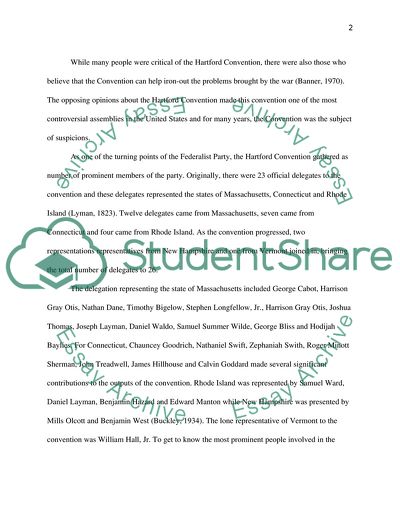Cite this document
(The Hartford Conventioneers and Impact on the Federalist Party Research Paper, n.d.)
The Hartford Conventioneers and Impact on the Federalist Party Research Paper. Retrieved from https://studentshare.org/politics/1750423-who-was-who-at-hartford-the-hartford-conventioneers-and-the-resulting-impact-on-the-federalist-party
The Hartford Conventioneers and Impact on the Federalist Party Research Paper. Retrieved from https://studentshare.org/politics/1750423-who-was-who-at-hartford-the-hartford-conventioneers-and-the-resulting-impact-on-the-federalist-party
(The Hartford Conventioneers and Impact on the Federalist Party Research Paper)
The Hartford Conventioneers and Impact on the Federalist Party Research Paper. https://studentshare.org/politics/1750423-who-was-who-at-hartford-the-hartford-conventioneers-and-the-resulting-impact-on-the-federalist-party.
The Hartford Conventioneers and Impact on the Federalist Party Research Paper. https://studentshare.org/politics/1750423-who-was-who-at-hartford-the-hartford-conventioneers-and-the-resulting-impact-on-the-federalist-party.
“The Hartford Conventioneers and Impact on the Federalist Party Research Paper”, n.d. https://studentshare.org/politics/1750423-who-was-who-at-hartford-the-hartford-conventioneers-and-the-resulting-impact-on-the-federalist-party.


